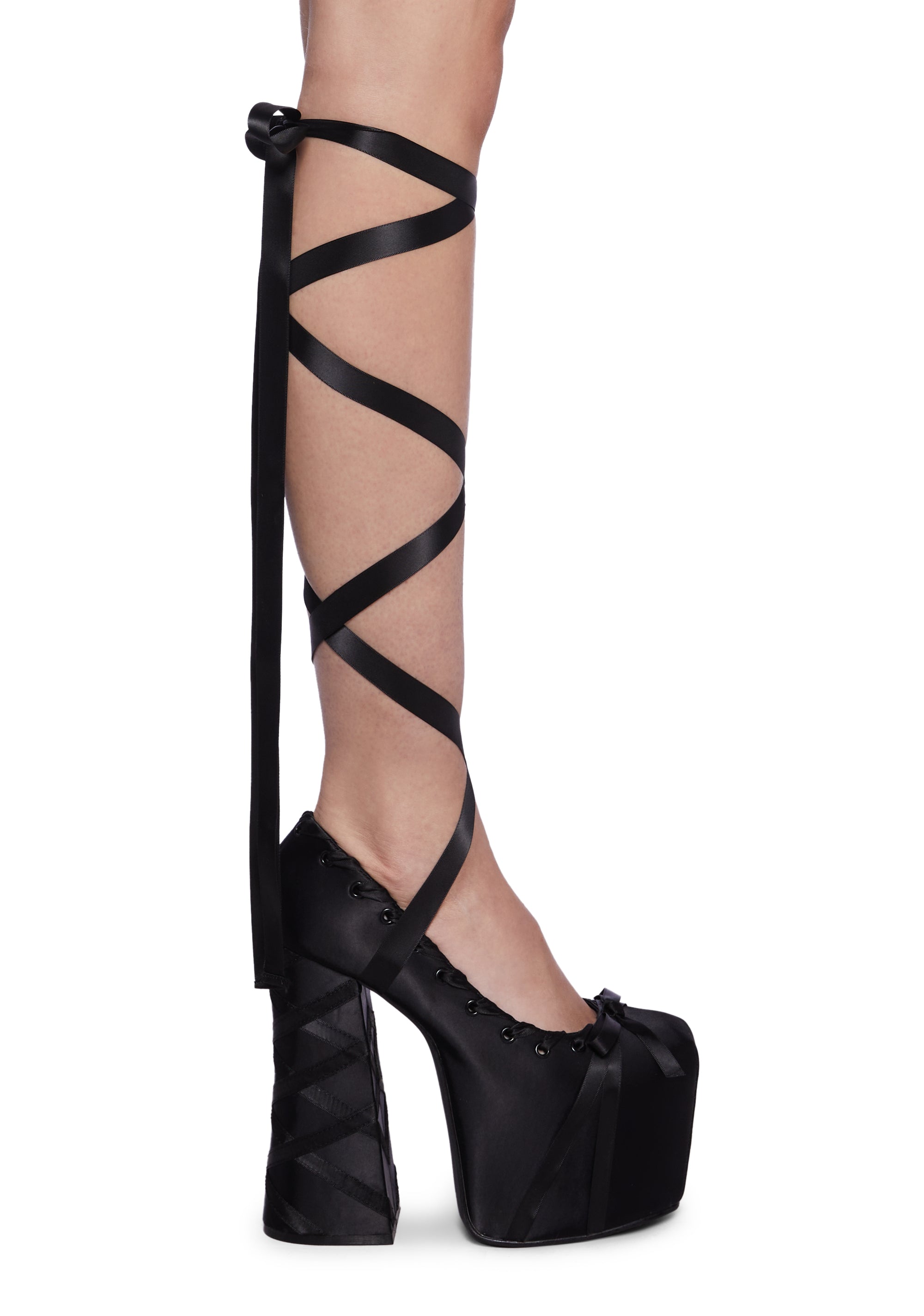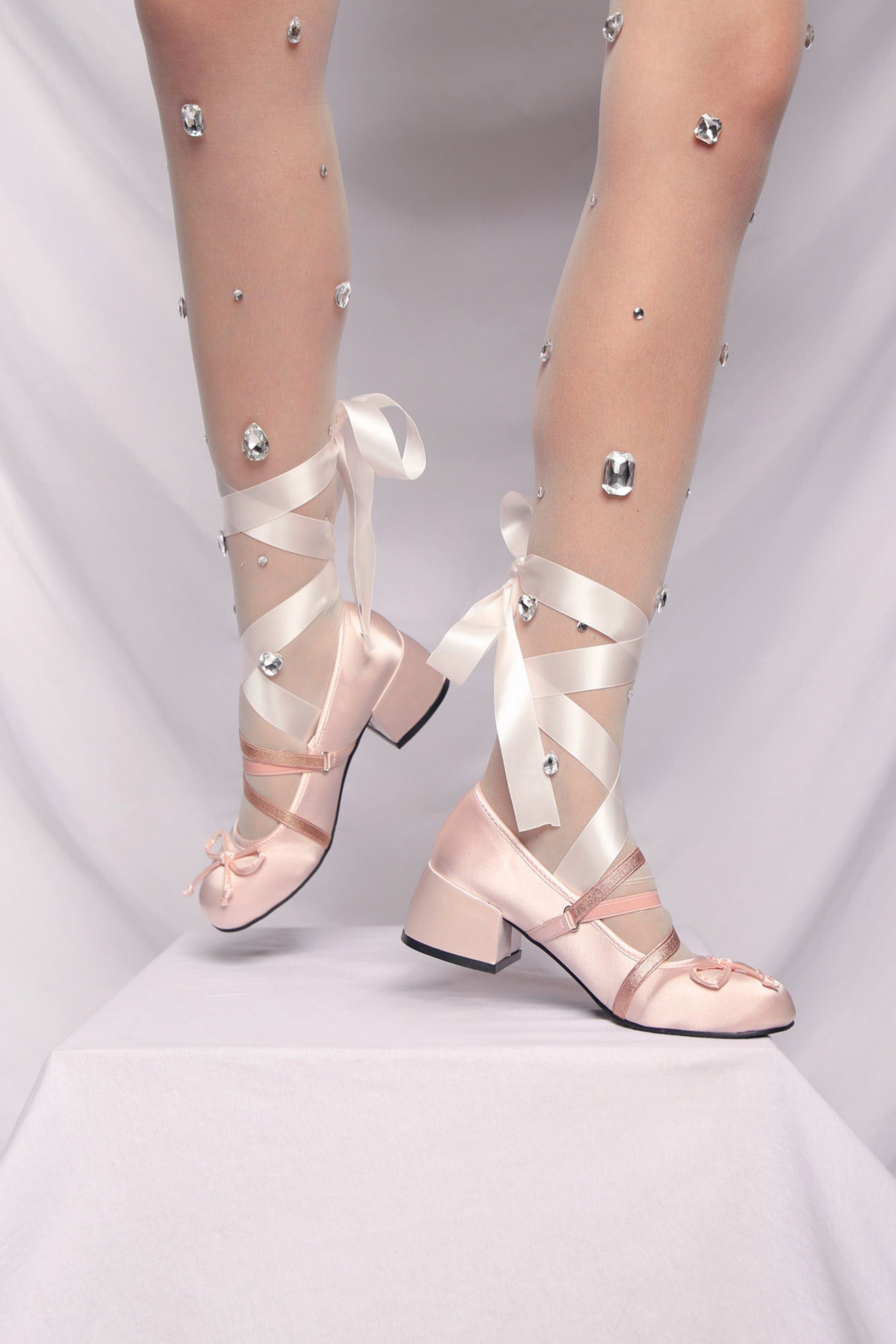Elevate Your Style with Ballerina Heels: The Ultimate Fashion Guide
In the ever-evolving world of fashion, certain pieces transcend trends to become timeless staples. Among these, ballerina heels have emerged as a symbol of elegance and versatility, offering a unique blend of comfort and sophistication. This guide delves into the artistry behind these shoes, exploring their design, cultural impact, and practical applications in modern wardrobes. From their origins in dance to their current status as a fashion must-have, we’ll uncover why ballerina heels are more than just footwear—they’re a statement of refined style.
The Evolution of Ballerina Heels: From Dance Floors to Fashion Runways
The journey of ballerina heels began in the world of classical ballet, where pointe shoes enabled dancers to perform gravity-defying movements. According to Wikipedia, ballet originated in the Italian Renaissance courts of the 15th century, evolving into a disciplined art form that emphasized grace and precision. The transition of ballet-inspired footwear into everyday fashion can be traced back to the mid-20th century, when designers like Salvatore Ferragamo and Christian Dior reimagined these elements for the masses. Ferragamo, in particular, is credited with popularizing the flat ballet shoe in the 1950s, as noted in his autobiography, “Shoemaker of Dreams,” where he described how he drew inspiration from dancers’ need for comfort without sacrificing style. Over time, this evolved into the heeled versions we see today, which maintain the delicate, rounded toe and slender silhouette of traditional ballet shoes but add a lift that enhances posture and elegance. In the 21st century, brands like Chanel and Miu Miu have reinvigorated the trend, showcasing ballerina heels on runways and in celebrity endorsements. For instance, actress Emma Watson has been quoted in Vogue praising their versatility, stating, “They bridge the gap between casual and formal, making them a wardrobe essential.” This evolution highlights how functional dancewear can transform into a fashion icon, driven by a blend of historical roots and contemporary innovation.

Design and Comfort: The Science Behind Ballerina Heels
When it comes to footwear, comfort and design are often seen as opposing forces, but ballerina heels challenge this notion with their ergonomic construction. Scientifically, the human foot is a complex structure comprising 26 bones, 33 joints, and over 100 muscles, tendons, and ligaments, as explained in podiatry literature from institutions like the American Podiatric Medical Association. The design of ballerina heels typically features a low to medium heel height (often 2-4 inches), a rounded toe box that allows for natural toe splay, and a secure strap or wrap that distributes pressure evenly. This reduces the risk of common foot issues like bunions or plantar fasciitis, which are exacerbated by poorly designed high heels. In a study cited by Harvard Medical School, shoes with a wider toe box and moderate heel lift can improve balance and reduce fatigue during prolonged wear. Moreover, materials matter—many modern ballerina heels use memory foam insoles and flexible outsoles, innovations that have been endorsed by fitness experts on platforms like YouTube. For example, celebrity trainer Harley Pasternak has discussed in his videos how such features align with biomechanics, stating, “Footwear should support natural movement, not hinder it.” This objective analysis shows that the appeal of ballerina heels isn’t just aesthetic; it’s rooted in anatomical principles that prioritize well-being, making them a smart choice for those who value both style and health.
Styling Ballerina Heels: Versatility in Everyday Fashion
One of the most compelling aspects of ballerina heels is their adaptability across various outfits and occasions. From casual brunches to formal events, these shoes can elevate any ensemble with their understated charm. In fashion theory, versatility is key to building a sustainable wardrobe, a concept emphasized by style icons like Anna Wintour, who once remarked in an interview with Business of Fashion, “Invest in pieces that transition seamlessly from day to night.” For a daytime look, pair ballerina heels with skinny jeans and a blouse for a polished yet relaxed vibe; the heel adds a touch of sophistication without the discomfort of stilettos. In the evening, they complement dresses and skirts, offering a feminine alternative to traditional pumps. Websites like Who What Wear often feature styling guides that highlight how influencers use ballerina heels to create layered outfits, such as pairing them with wide-leg trousers for a balanced silhouette. Additionally, the color and material choices—from classic black leather to pastel satin—allow for personal expression. For instance, a pink pair can inject playfulness into a monochrome outfit, while metallic finishes add a festive sparkle. This versatility isn’t just anecdotal; it’s supported by fashion psychology research from institutions like the London College of Fashion, which notes that adaptable footwear can boost confidence by reducing decision fatigue. By integrating ballerina heels into your rotation, you’re not just following a trend—you’re embracing a tool for effortless style evolution.

Cultural Impact and Celebrity Endorsements
The rise of ballerina heels in popular culture is a testament to their enduring appeal, fueled by endorsements from celebrities and appearances in media. In films like “Black Swan,” ballet-inspired fashion gained mainstream attention, highlighting the shoes’ association with artistry and drama. On social media platforms like Twitter and Instagram, figures like Taylor Swift have been spotted wearing ballerina heels, often sparking trends among followers. Swift, in a tweet, once described them as “my go-to for tours—comfy and chic,” underscoring their practicality for high-energy environments. Similarly, in literature, books such as “The Little Book of Balmain” chronicle how designers incorporate ballet elements into haute couture, reinforcing their luxury status. From an objective standpoint, the cultural resonance of ballerina heels can be analyzed through semiotics, as discussed in academic papers from universities like Oxford, which examine how fashion items convey social signals. For example, the delicate design often symbolizes femininity and grace, while the heel adds a modern edge. This duality makes them appealing across demographics, from teenagers seeking trendy options to professionals valuing timeless pieces. Moreover, platforms like Quora feature discussions where users share personal experiences, such as how ballerina heels helped them feel more poised in workplace settings. By drawing on these diverse sources, it’s clear that the shoes are more than an accessory—they’re a cultural artifact that bridges generations and styles.

As we’ve explored, ballerina heels represent a fusion of history, science, and style that can transform how you approach fashion. They offer a practical yet elegant solution for modern living, empowering you to step confidently into any scenario. Embrace this guide as your starting point to incorporate these timeless pieces into your life, and discover how they can redefine your wardrobe with every step.

